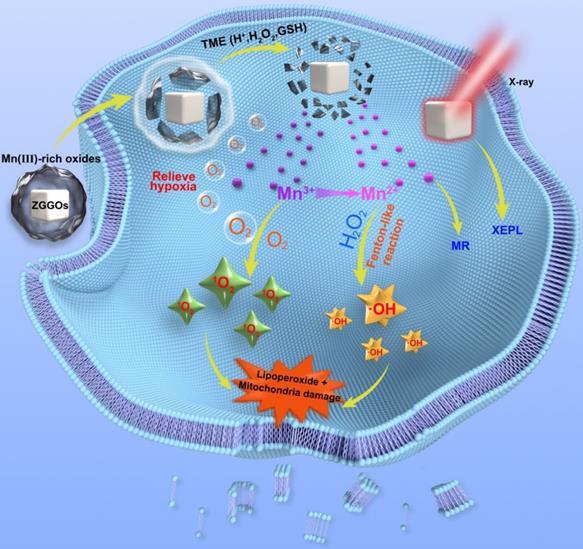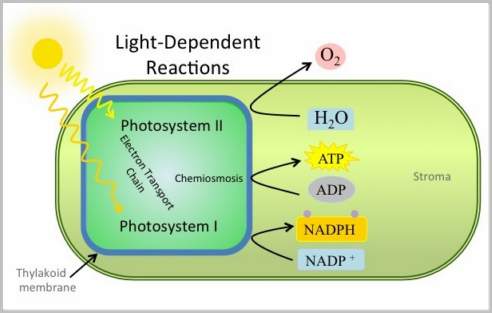

Photosensitized intermolecular carboimination of alkenes through persistent radical effect,Īngew. Glorius,ġ,2-Amino Alcohols via Cr/Photoredox Dual-Catalyzed Addition of α‑Amino Carbanion Equivalents to Carbonyls, Glorius,Ĭatalytic radical generation of π-allylpalladium complexes, Gadolinium Photocatalysis: Dearomative Cycloaddition/Ring-Expansion Sequence with Indoles,Īngew. Site-Selective Thiolation of (Multi)halogenated Heteroarenes, Glorius,Ī Three-Component, Interrupted Radical Heck/Allylic Substitution Cascade Involving Unactivated Alkyl Bromides, Triplet Energy Transfer Photocatalysis – Unlocking the Next Level, Radical Carbonyl Propargylation by Dual Catalysis,Īngew. Metal-free, photosensitized oxyimination of unactivated alkenes with bifunctional oxime carbonates, Photoredox-enabled 1,2-dialkylation of α-substituted acrylates via Ireland–Claisen rearrangement, Visible-Light-Induced Cycloaddition of α-Ketoacylsilanes with Imines: Facile Access to β-Lactams,Īngew. Photochemical Intermolecular Dearomative Cycloaddition of Bicyclic Azaarenes with Alkenes, Glorius,īifunctional Reagents in Organic Synthesis, Glorius,Ī base-controlled switch of SO 2 reincorporation in photocatalyzed radical difunctionalization of alkenes, Glorius,Ĭatalytic one-carbon homologation of α-amino acids to α-amino aldehydes, Photoswitchable Nitrogen Superbases: Using Light for Reversible Carbon Dioxide Capture,Īngew. Glorius,*ĭynamic kinetic sensitization of β-dicarbonyl compounds – Access to medium-sized rings via a De Mayo-type ring expansion,Īngew. Photoredox-Catalyzed Defluorinative Functionalizations of Polyfluorinated Aliphatic Amides and Esters,Īngew. Radical Carbonyl Umpolung Arylation via Dual Nickel Catalysis, Glorius,*Īllylic C(sp 3)―H Arylation of Olefins via Ternary Catalysis,

Visible-Light-Initiated Hydrooxygenation of Unactivated Alkenes - A Strategy for Anti-Markovnikov Hydrofunctionalization,

Intermolecular -photocycloaddition enabled by triplet energy transfer, Glorius,*į acile access to fused 2D/3D rings via intermolecular cascade dearomative cycloaddition/rearrangement reactions of quinolines with alkenes, Glorius,*Ĭatalytic multicomponent reaction involving a ketyl-type radical, Photochemical single-step synthesis of β-amino acid derivatives from alkenes and (hetero)arenes, Visible-Light Photocatalyzed peri-(3 + 2) Cycloadditions of Quinolines, Photochemical Dearomative Cycloadditions of Quinolines and Alkenes: Scope and Mechanism Studies,

Glorius,Īsymmetric Addition of Allylsilanes to Aldehydes – A Cr/Photoredox Dual Catalytic Approach Complementing the Hosomi–Sakurai Reaction, Please click on the graphical abstracts to come to the original publicationį. Additionally, our group focuses on the cleavage of σ-bonds using energy-transfer catalysis to enable novel transformations. Utilizing this concept, our group developed various dearomatization processes to convert simple 2D arenes to highly complex, 3D frameworks. In contrast, energy-transfer catalysis can be used to facilitate excited state reactivity without the need for harsh UV irradiation. the need for prefunctionalized substrates, stoichiometric quantities of Lewis acid additives and reductants. The later addressed major limitations of the Nozaki-Hiyama-Kishi reaction, e.g. In that regard, our group was the first to develop photoredox/Au and very recently photoredox/Cr dual-catalytic systems. In particular, the combination of photoredox catalysis with transition metal catalysis enables the rapid build-up of molecular complexity from readily available starting materials. The photocatalyst harnesses the energy of light to accelerate chemical reactions either via electron-transfer processes or via direct energy transfer to an organic molecule. Photoredox catalysis is a modern tool to generate highly reactive radical species under remarkably mild conditions and thus opens up completely new opportunities for synthetic chemists.


 0 kommentar(er)
0 kommentar(er)
